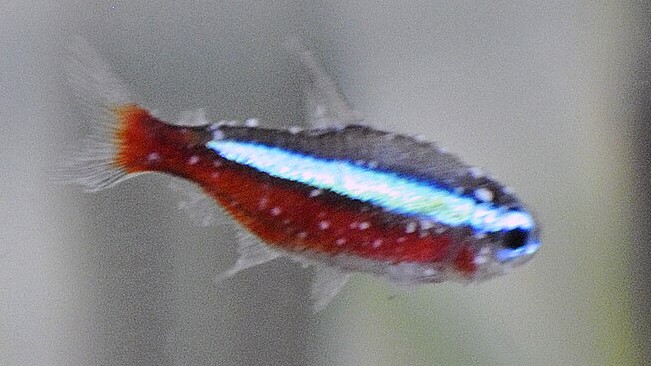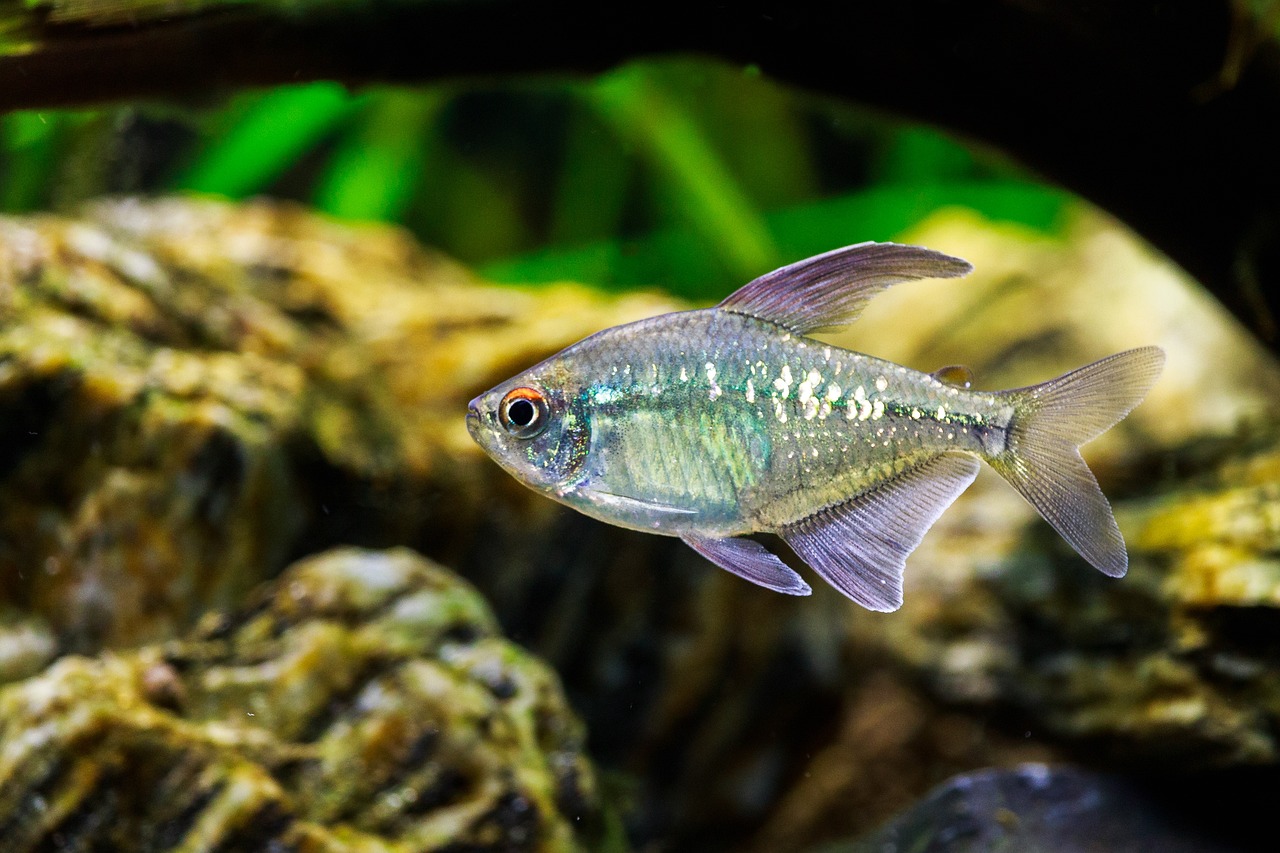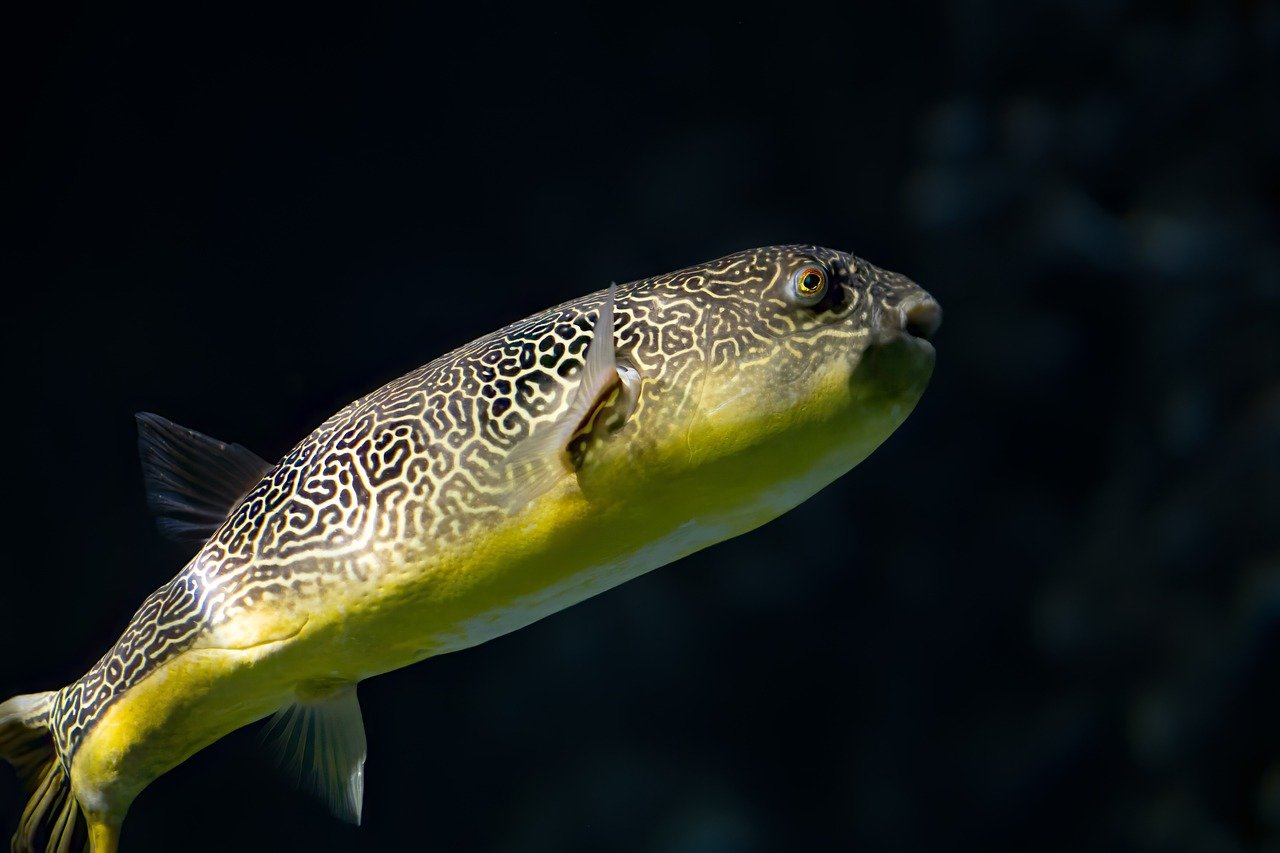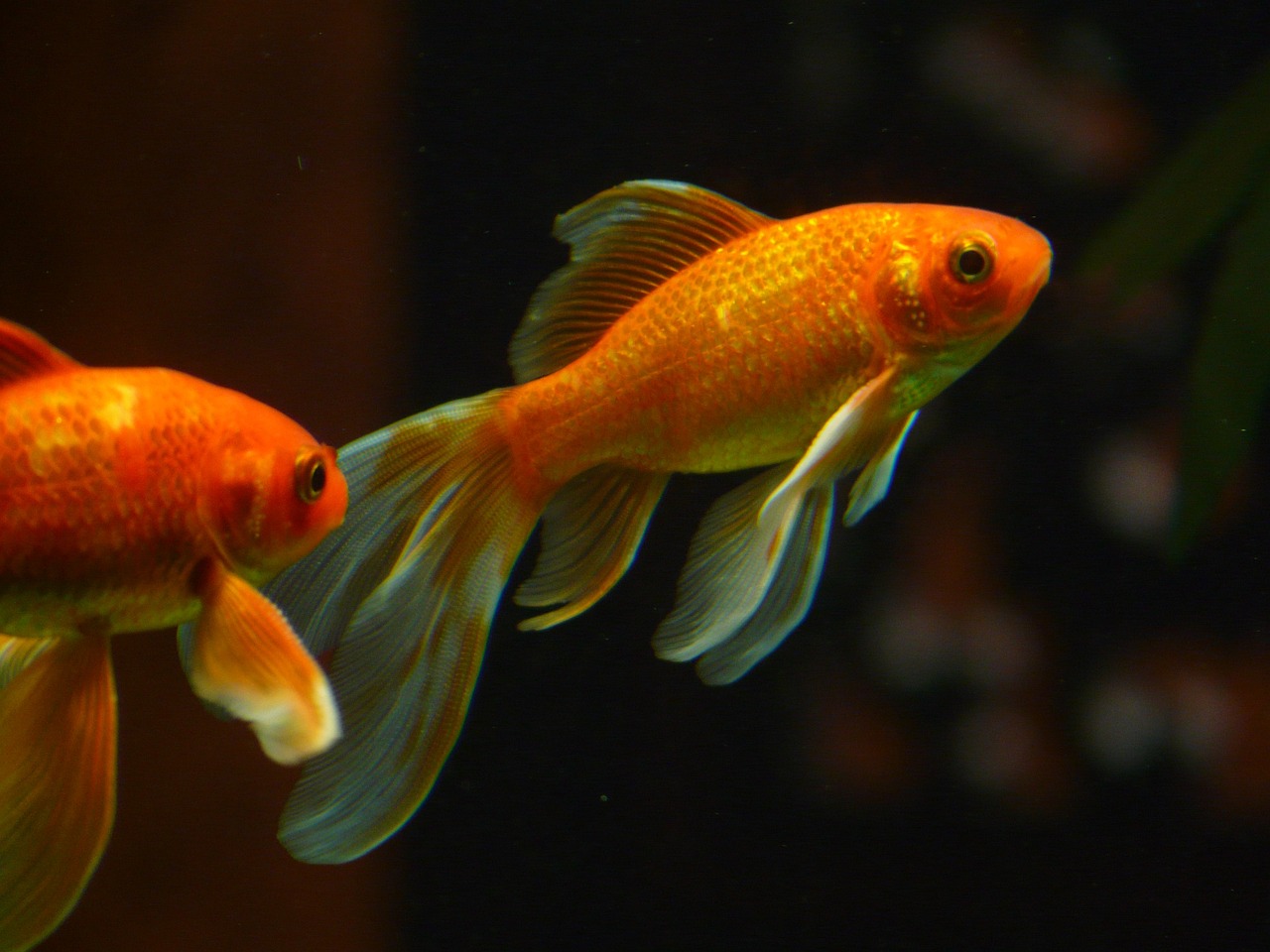Hey there, fellow aquarists! If you’re diving into the vibrant world of aquariums, it’s crucial to equip yourself with knowledge to keep your aquatic buddies happy and healthy. Today, let’s talk about one common hitch in our underwater paradise: Ich, also known as White Spot Disease.
What is Ich?
Imagine tiny snowflakes dancing on the fins of your fish – that’s Ich! It’s caused by a pesky parasite called Ichthyophthirius multifiliis, which attaches itself to your fish, causing irritation and distress. Spotting these minuscule white spots resembling grains of salt on your fish’s body, fins, or gills is a telltale sign of Ich.

Identifying Ich: Spotting the Culprit
Recognizing Ich is like being a detective in your own aquatic world. Keep an eye out for:
- White Spots: Small, salt-like dots on the fish’s body.
- Behavioral Changes: Lethargy, rubbing against objects, and loss of appetite.
- Respiratory Distress: Rapid gill movement or gasping at the water’s surface.
Don’t fret if Ich sneaks into your aquarium – we’ve got your back! Here’s how to combat it.
Step 1: Isolate Affected Fish
First things first, separate any fish showing signs of Ich from the rest of your aquarium inhabitants. This prevents the spread of the parasite to other fish and allows you to focus treatment where it’s needed most.
Step 2: Increase Temperature
Ich parasites thrive in cooler water, but we’re going to turn up the heat on them! Gradually raise the temperature of your aquarium to around 86°F (30°C). This accelerates the life cycle of the Ich parasite, making them more susceptible to treatment.
Step 3: Aquarium Salt Treatment
Now, it’s time to add a dash of salt to your aquarium. Aquarium salt (sodium chloride) can help in the battle against Ich. Follow the recommended dosage carefully, as different fish species have varying tolerances to salt. The salt disrupts the osmotic balance of the parasite, ultimately leading to its demise.
Step 4: Utilize Ich Medication
For a targeted attack on Ich, turn to Ich-specific medications available at your local pet store. These treatments are designed to eradicate the parasite effectively. Follow the instructions on the medication package meticulously for the best results.
Step 5: Maintain Water Quality
Throughout the treatment process, it’s crucial to uphold pristine water quality in your aquarium. Perform regular water changes to remove excess medication and any parasites floating around. Clean water reduces stress on your fish, aiding in their recovery from Ich.
Step 6: Monitor and Patience
Keep a close eye on your fish throughout the treatment process. Monitor their behavior and observe any changes in their condition. Remember, treating Ich requires patience – it may take some time for your fish to fully recover.
Bonus Tip: Boost Immune System
While treating Ich, bolster your fish’s immune system with high-quality food rich in vitamins and nutrients. A healthy diet strengthens their resilience against diseases like Ich, helping them bounce back faster.
Tips and Tricks for Prevention and Treatment of Ich
Prevention is always better than cure, right? Here are some handy tips to keep Ich at bay:
- Quarantine New Fish: Before introducing them to your main aquarium, quarantine new fish for at least two weeks. This helps to ensure they’re not carrying any unwanted hitchhikers.
- Maintain Water Quality: Regular water changes and proper filtration are essential. Clean water reduces stress on fish, making them less susceptible to diseases like Ich.
- Stress Reduction: Keep your finned friends happy by providing adequate hiding spots, maintaining stable water parameters, and avoiding overcrowding.
Remember, dealing with Ich requires patience and persistence. Monitor your fish closely, and don’t hesitate to seek advice from fellow aquarists or your local fish store.
So, there you have it – your crash course on Ich! Armed with this knowledge, you’re ready to tackle any aquatic challenge that comes your way. Happy fishkeeping, and may your aquariums always shimmer with vibrant life!




